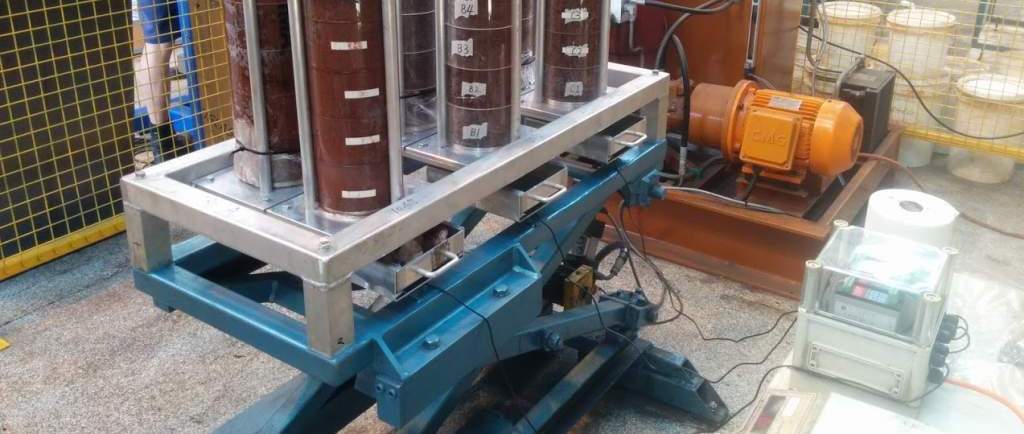P1150 - Moisture Measurement and Control for Iron Ore Conveyor Systems

Value
AUD $415,000
Commencement Date
February 2015
Duration
2 years
Program Manager
Olga Verezub
Research Providers
Creative Process Innovation Pty Ltd - Dr Tom Honeyands; Scantech International Pty Ltd; TUNRA Bulk Solids (University of Newcastle)
Sponsors
Roy Hill; Vale S.A
PROJECT SUMMARY
Moisture control is critical for safe and economic iron ore production and export. Moisture must be high enough to suppress dust, yet below the level where material handling difficulties occur and below the transportable moisture limit (TML) for safe shipping. There are substantial economic benefits to minimising iron ore moisture, eg, a 1% reduction in moisture content from 9-8% represents potential savings of $63M based on freight costs from Australia to China (680 Mt production at a typical freight cost of $8/t). For Brazil, with a higher freight cost of approximately $20/t, the potential savings for 340Mt of iron ore are $81M.
HIGHLIGHTS/DELIVERABLES/ADDITIONS
- Accurate real time measurement of the moisture content of iron ore on high speed conveyors. Real time measurement immediately enables controls to be implemented; diverting flows, implementation of moisture reduction, or addition of water for dust management. Safety and environmental outcomes can be improved in relation to dust, throughput maximised due to improved materials handling, as well as compliance with TML for shipping.
- Development of a calibration matrix that covers mineralogy variations of all Sponsor iron ores supplied to the project, so that calibration selection can be automated to suit the iron ore type being processed. A hands-off approach enables faster response and reduces human error, sampling error, etc.
- Preferred access by sponsors to the resulting solution through a discount process and/or initial exclusivity term of 18 months from the commercial-ready stage, in addition to any benefits achieved during site trials of prototypes.
- Definition and measurement of moisture migration behaviour and belt parameters which will provide the fundamental design parameters for optimal moisture control. This will provide concrete options for iron ore miners to economically reduce moisture in ore that is mined below the water table, has been wet processed, or that is above the desired moisture for TML for other reasons. Conversely, it will allow identification of adverse moisture migration conditions leading to surface dust generation.
- Opportunities for moisture reduction systems will be assessed based on the evidence obtained from this moisture migration assessment. These systems can include (but are not limited to):
- Specialised perforated belt systems (small or large) which can form part of the belt conveying transport system;
- A moisture reduction transfer station which utilises differential trajectories of the bulk material and saturated layers (saturated layers can be either at the top or of the material or at the belt surface).
- In the case of dust generation, identification of adverse moisture migration behaviour where the surface moisture falls below the dust extinction moisture levels will be made, which will provide improved knowledge and input for improved dust control management practices.